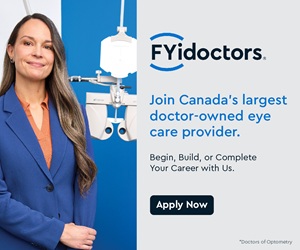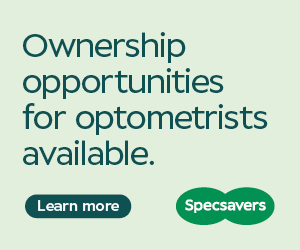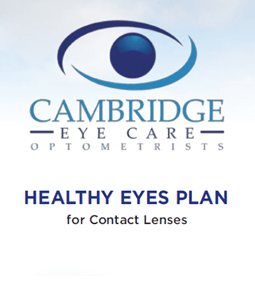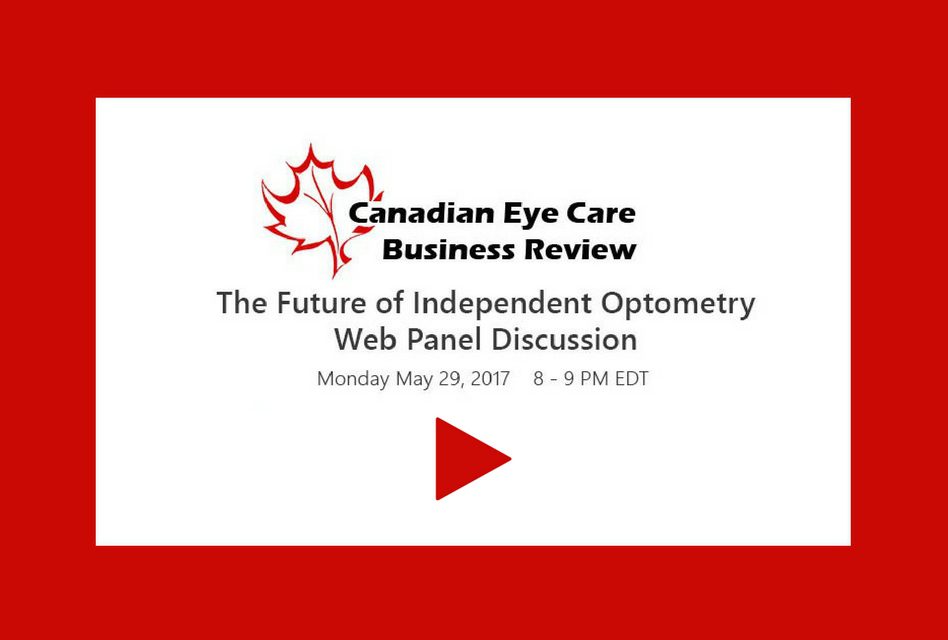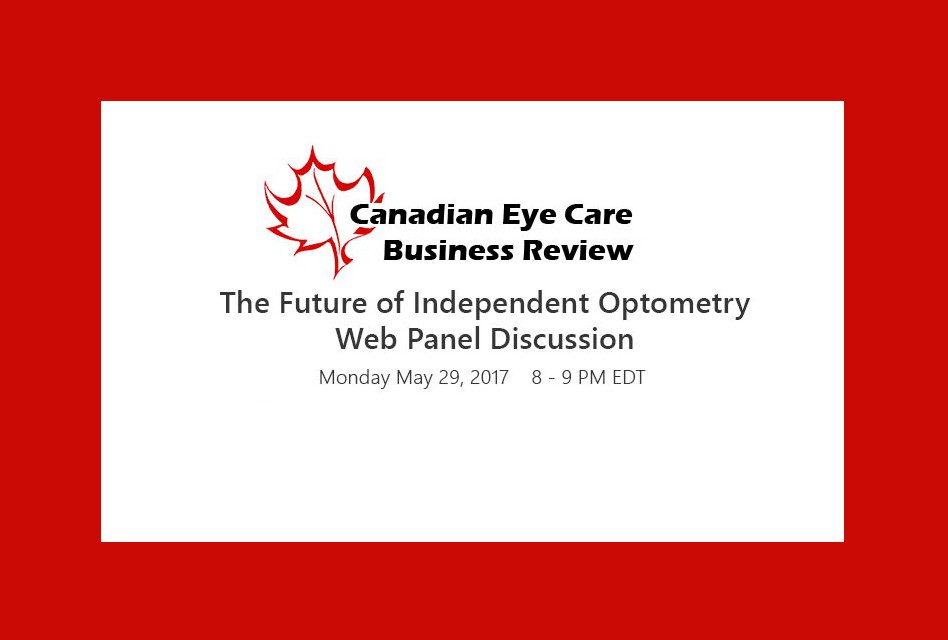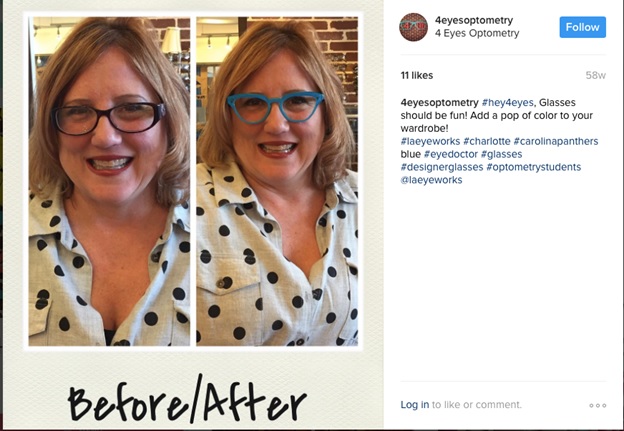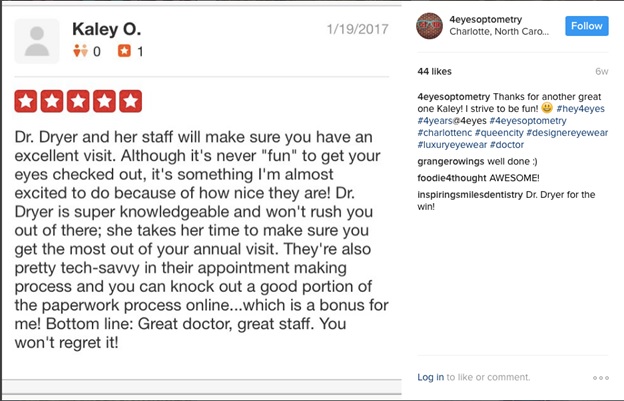Trevor is a partner in a multi-doctor, four-location practice on Vancouver Island.
A serial entrepreneur, Trevor is constantly testing different patient care and business
models at his various locations. Many of these have turned out to be quite successful, to the point
where many of his colleagues have adopted them into their own practices.

Dr. Trevor Miranda
Doctor of Optometry
Cowichan Eyecare
University of Waterloo 1995
Cowichan Valley, BC
What is currently the most exciting thing in your field to help patients?
For me, the advancements in Dry Eye diagnostics and treatments have allowed improvements in the quality of life for patients that have previously suffered from dry eye disease. We recently added Lipiflow to our Dry Eye treatment protocol. There are lots of advancements coming down the pipeline. Besides improving patients’ vision, treating and improving dry eye symptoms is very fulfilling, as often those complaints have been overlooked by other practitioners.
What advice would you give a new grad today?
Learn a Subspecialty such as vision therapy, low vision, dry eye treatments and specialty contact lens fits (scleral and ortho-k). Join a practice that is going to help you understand the business of eye care. You need to run your practice as a business so you can afford great equipment, great staff, and a great work environment. You should find a mentor that will help teach you; join a network like Eye Recommend. Private practice is a very rewarding and fulfilling mode of practice. Enjoy your job and remember to value each of your patients and every staff member you interact with. Run your practice – don’t let it run you.
What is your most effective marketing tool platform?
Word of mouth referrals continues to be our most effective to attract patients to our offices. It is important to exceed our patient’s expectations to improve the likelihood they will refer their friends and family to us. We believe in having a marketing budget (we use 2% of our gross revenues) and we spend it. We are a big believer in SEO and a billboard on the Trans-Canada Hwy. We also do two newsletters in the community per year. Getting out to do talks, being part of service clubs such as Rotary, being active in the chamber of commerce and carrying your business cards wherever you go are other effective tips. Our staff are also great referring new business to our practices.
When was the last time you laughed?
I laugh constantly – I’m laughing at this question! I tend to be a loud laugher; I probably should be embarrassed but I’m not. One time at the Tim Hortons drive through after run/walking 56 kms with one of my staff we had a hysterical laughing fit and I couldn’t place my order. I believe laughter should be encouraged in the workplace. I want to have fun at work. When I hear my staff or patients laughing it makes me feel good. (please don’t laugh at my lameness)!
Have you changed since high school?
OMG – who hasn’t! Besides being older, wiser and better-looking nothing has changed! (:









